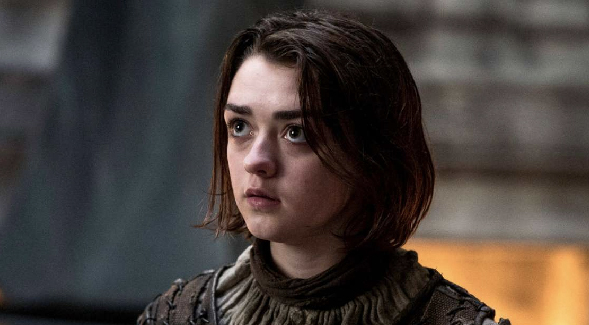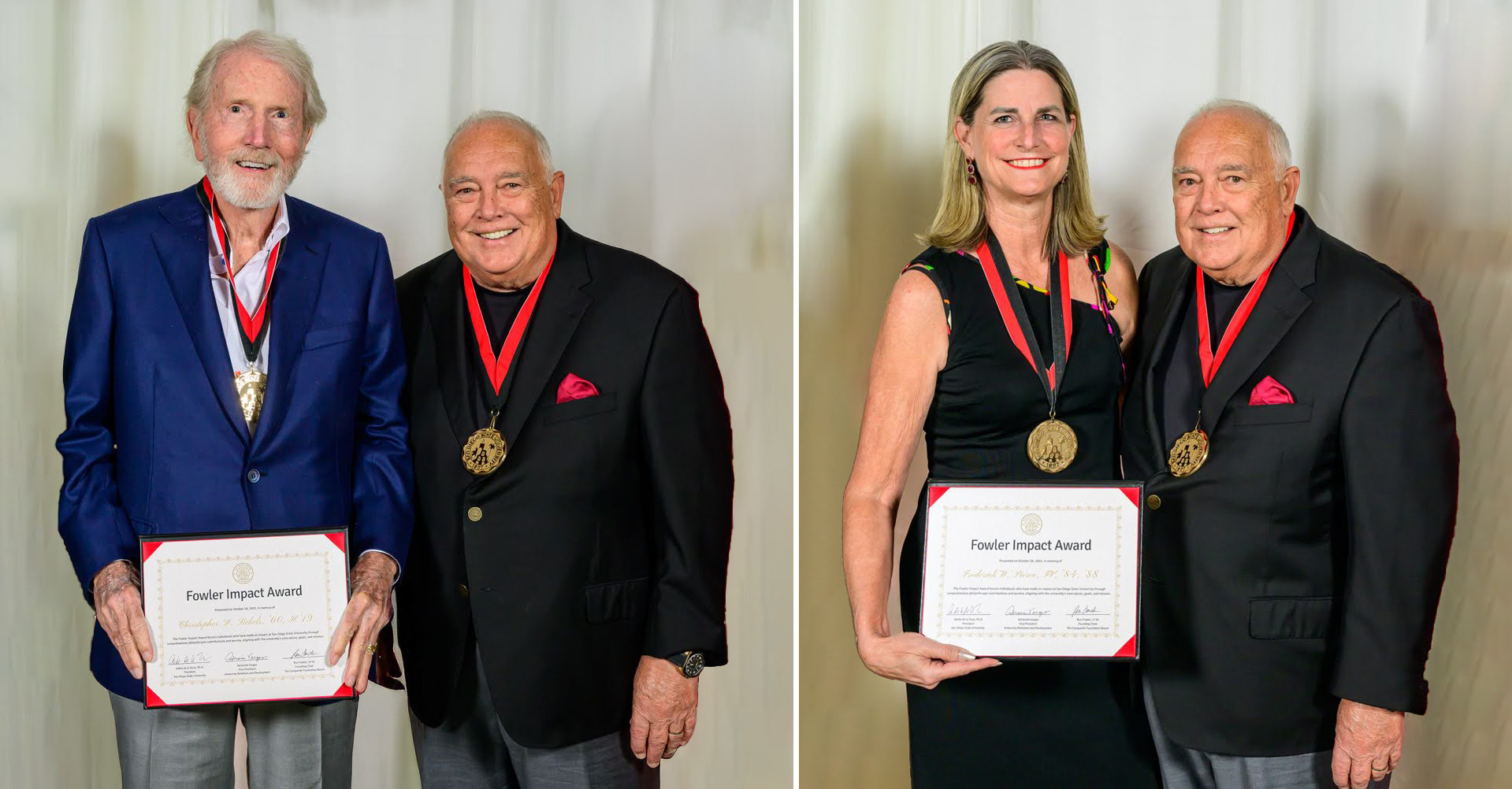Women's Representation on Television Sees Increase
The number of female characters and women working behind the scenes saw an increase across all television platforms.

Across all television platforms, the percentages of female characters experienced historic highs in 2018-19, according to this year’s "Boxed In: Women On Screen and Behind the Scenes in Television" report, released by Martha Lauzen, executive director of the Center for the Study of Women in Television and Film at San Diego State University.“It is heartening to see moderate but widespread gains for female characters and women working behind the scenes this year, but we need to consider the numbers within the larger context...”
Overall, female characters became more visible in 2018-19, comprising 45% of all speaking characters on comedies, dramas, and reality programs featured on broadcast, cable, and streaming platforms, up from 40% in 2017-18. Major female characters experienced a similar shift from 40% in 2017-18 to 45% in 2018-19.
Behind the scenes, women accounted for 31% of all creators, directors, writers, executive producers, producers, editors, and directors of photography working on programs across platforms, besting the previous high of 28% achieved in 2016-17.
“It is heartening to see moderate but widespread gains for female characters and women working behind the scenes this year, but we need to consider the numbers within the larger context of women’s employment in television,” said Lauzen. “In 2018-19, women comprised 26% of directors, a historic high up from 17% in 2017-18. However, men continue to direct the vast majority of programs. In this context, ‘historic high’ still means that men outnumber women 3 to 1 in this role.”
Keeping the gains in perspective, 96% of the programs considered had no women directors of photography, 79% had no women directors, 77% had no women editors, and 77% had no women creators.
The study also found that the percentage of women in gatekeeping roles such as creators and executive producers inched upward in 2018-19. Women creators increased from 22% in 2017-18 to 25% in 2018-19. The percentage of women executive producers rose from 26% in 2017-18 to 30% in 2018-19.
“Employing women in these roles boosts women’s representation in other behind-the-scenes roles and the numbers of female characters on screen,” said Lauzen. “For example, on programs with at least one woman creator, women accounted for 65% of writers versus 19% on programs with no women creators.”
Now in its 22nd year, the "Boxed In" report summarizes the findings of a content analysis of characters and behind-the-scenes credits on dramas, comedies, and reality programs appearing on the broadcast networks, basic and premium cable channels, and streaming services in 2018-19. In 2018-19, the study tracked over 5,100 characters and more than 5,000 behind-the-scenes credits. Over the last 22 years, the study has monitored over 43,000 characters and more than 55,000 behind-the-scenes credits.


